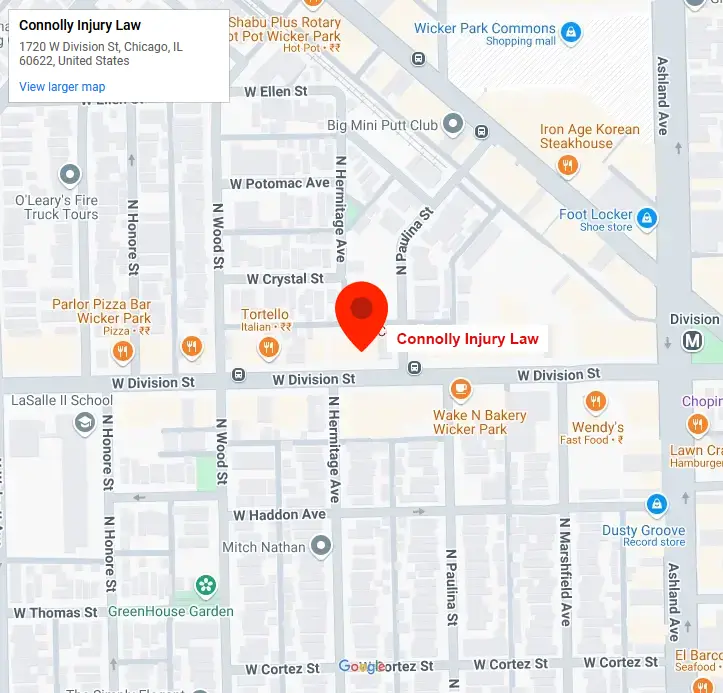How To Prove Pain And Suffering Damages In A Personal Injury Case

If you were recently injured in an accident and are planning to file a personal injury lawsuit, you may be entitled to pain and suffering damages. The following article will provide some information regarding how to provide evidence of your pain and suffering in court.
What are pain and suffering damages?
Pain and suffering refers to the physical and/or emotional injuries that a plaintiff suffers after being injured. In court, a plaintiff can often receive compensation from the liable party (the defendant) for this pain and suffering, based on the concept that the defendant is the cause of this suffering. Generally speaking, there are two types of pain and suffering, which are physical pain and suffering and mental pain and suffering.
- Physical pain and suffering: This type of pain and suffering refers to the pain associated with the plaintiff’s actual physical injuries. It includes both the pain and discomfort that the claimant has endured to date and the potential detrimental effects that the plaintiff is likely to suffer in the future as a result of the defendant’s negligence.
- Mental pain and suffering: This type of pain and suffering refers to the mental by-product of the plaintiff’s physical injuries. Mental pain and suffering can include mental anguish, emotional distress, fear, anger, anxiety, and loss of enjoyment of life. Furthermore, significant mental pain and suffering can result in anger, depression, loss of appetite, mood swings, sleep disturbances, and post-traumatic stress disorder (PTSD).
How can I show proof of my pain and suffering?
Your pain and suffering damage award amount will be dependent on the evidence you provide. Some types of evidence you should consider submitting to the court includes the following:
- A list which outlines all of the reasons why you believe your pain and suffering damage award demand is justified (you should ensure that your argument is logical, based on actual facts, and is supported by evidence)
- A copy of your medical records, especially in situations where your physician is restricting your normal activity (for example, your physician prohibits you from lifting over 10 pounds, making it impossible for you to care for your child)
- Photographs of your injuries throughout your treatment period (for example, pictures of you laying in a hospital bed and engaging in rehabilitation activities)
- Witness statements from family, friends, or neighbors regarding how they have had to help you with meals, yardwork, housework, childcare, and transportation since the accident
- Detailed journal entries describing how the accident has impacted your quality of life and happiness (you should aim to be as descriptive as possible in explaining your daily pain levels, your inability to complete normal daily tasks, needing assistance with personal hygiene, and any depression stemming from the accident and/or your injuries)
Do You Have A Potential Personal Injury Claim? Contact Our Firm
If you were recently injured in an accident and want to file a personal injury lawsuit against the liable party, Connolly Injury Law can help. Our Chicago personal injury attorneys are ready to assist you with any questions or concerns you may have about filing a lawsuit. We will work hard to ensure that you receive proper compensation for your injuries.

